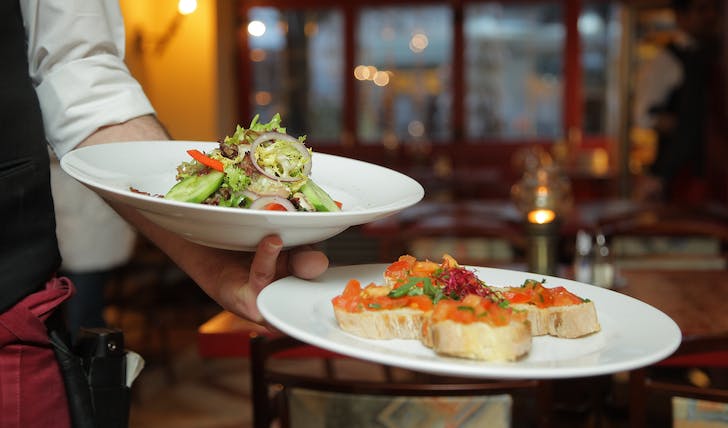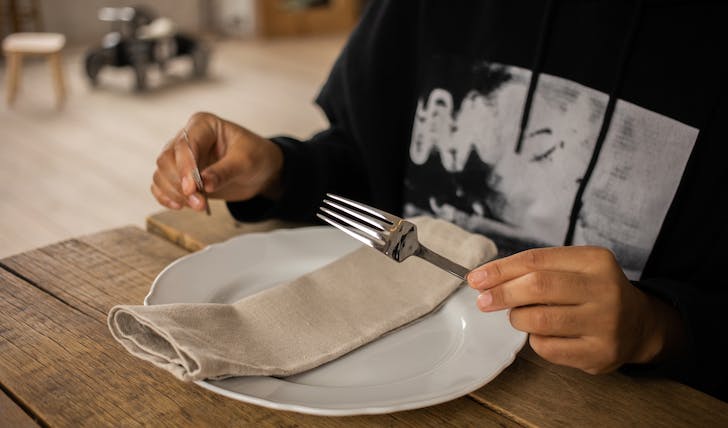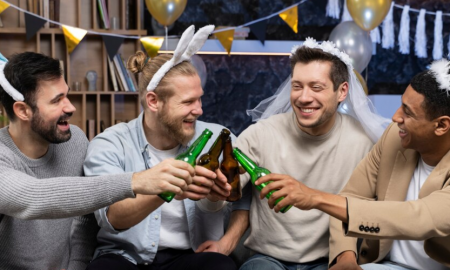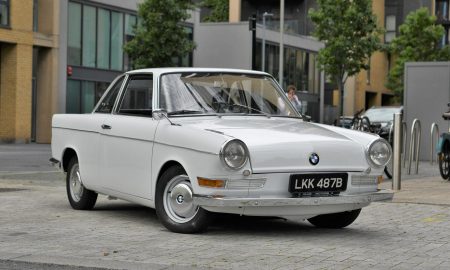
Here Are the Basic Table Etiquettes Most People Get Wrong

In the realm of dining, table manners are not just about following a set of rules: They are a dance of cultural nuances, a way to show respect, and a subtle indication of one’s upbringing. While we are all familiar with basic etiquette like chewing with our mouths closed, there is a world of lesser-known table manners that are often missed but crucial in fine dining.
Salt and Pepper Are Always Together
A little-known table manner involves the handling of salt and pepper shakers. In the world of etiquette, they are inseparable. Even if a guest requests only salt, etiquette dictates passing both salt and pepper together.

Pixabay / Pexels / Salt and pepper shakes go side by side. If one asks for salt, it is polite to offer both!
Additionally, it is considered more polite to taste your food before adding any seasoning. Preemptively seasoning can be seen as an assumption about the food’s taste and potentially disrespectful to the chef.
Enjoying Soup the Right Way
When it comes to soup, the manner in which it is consumed can speak volumes. In Western dining, the correct way to enjoy soup is by scooping it away from your body. Plus, sipping it silently from the side of the spoon.
This method avoids any splashing and maintains a level of decorum. Remember, in a formal setting, slurping is generally frowned upon.
Toasting Is Beyond the ‘Clink’
Toasts are a common part of dining experiences. Yet, many are unaware of the full extent of their etiquette. In formal settings, it is customary to stand during a toast, make eye contact, and clink glasses gently.

Cotton Bro / Pexels / Overzealous Clinking – AKA clinking your glass too hard – is considered impolite and can be a faux pas in refined circles.
Also, avoid drinking before the toast is complete, and everyone has clinked glasses.
Using & Placing Napkins the Right Way
While seemingly straightforward, napkins have their own set of etiquettes. It is not just about placing them on your lap. How you use them matters too. Gently dabbing your mouth is preferred over wiping.
Place your napkin on your chair when leaving the table temporarily to indicate you will return. Once you are finished eating, leave the napkin loosely to the left of your plate, signaling completion.
The Quiet Message of Cutlery
Cutlery is not just for eating. It is a form of communication with the server. The way you place your utensils on the plate indicates your dining status. Cross your fork and knife on your plate if you need to take a break. Once you are finished, place them parallel to each other at a 4:20 position.
This non-verbal cue helps servers understand your dining pace without interrupting your experience.
The Right Order and Technique of Cutlery
In a formal dining setting, the cutlery arrangement can often be confusing.

Monstera / Pexels / The general rule of cutlery is to start from the outside and move inwards with each course.
For instance, using the fish fork and knife requires a specific technique: Use them horizontally to separate the fish delicately, demonstrating both skill and poise.
Why Table Manners Matter
Understanding and practicing these often-overlooked table manners does more than just adhere to social norms. It is an active participation in a cultural ballet. These rules are not about elitism or showing off but they are also about showing respect for the people you dine with and the occasion itself.
Remember, it is about engaging in an age-old tradition that values respect and cultural awareness. As you incorporate these practices into your dining experiences, you will not only impress your companions but you will also derive a deeper sense of participation in a timeless societal ritual.
More in Life Style
-
How to Lock In a ‘Good’ APR on Your Personal Loans?
When it comes to borrowing, understanding the intricacies of the Annual Percentage Rate (APR) can feel like deciphering a secret code....
March 13, 2024 -
How to Find the Best Personal Loan With Easy Monthly Payments in 2024
A personal loan is an amount of money borrowed from a financial institution, which you pay back in regular monthly payments...
March 8, 2024 -
Why Italy Tops the List for Solo Adventurers
Forget the guidebooks and ditch the group tours. If your soul craves an adventure that’s uniquely yours, then pack your bags...
March 3, 2024 -
From Talking Cars to AI: The Latest Car Tech at CES
Imagine having a chatty companion on your next road trip. One that tells jokes, remembers your preferences, and even helps plan...
February 24, 2024 -
Know the Pros & Cons of Personal Loans Before Applying!
Are you eyeing a personal loan, perhaps to consolidate debt, finance a home renovation, or cover an unexpected expense? Before you...
February 17, 2024 -
What Are Some Major Benefits of a Business Bank Account & How to Open One?
A business bank account is not just a fancy accessory. It is a necessity. Imagine your business as a high-performance vehicle....
February 7, 2024 -
Navigating the Ties Between Love, Living Together, and Financial Security in Retirement
Picture this: you’re nearing retirement, a time for relaxation and enjoying the fruits of your life’s hard work. But here’s a...
January 29, 2024 -
Top 5 Superyachts of 2022
In a world where social distancing became the buzzword, the allure of superyachts took on an even more glittering appeal in...
January 23, 2024 -
Mark Cuban’s Proven Tips for Business Success
Dive into the dynamic world of entrepreneurship with the maverick mind of Mark Cuban, a serial entrepreneur whose $4.6 billion fortune...
January 20, 2024















You must be logged in to post a comment Login